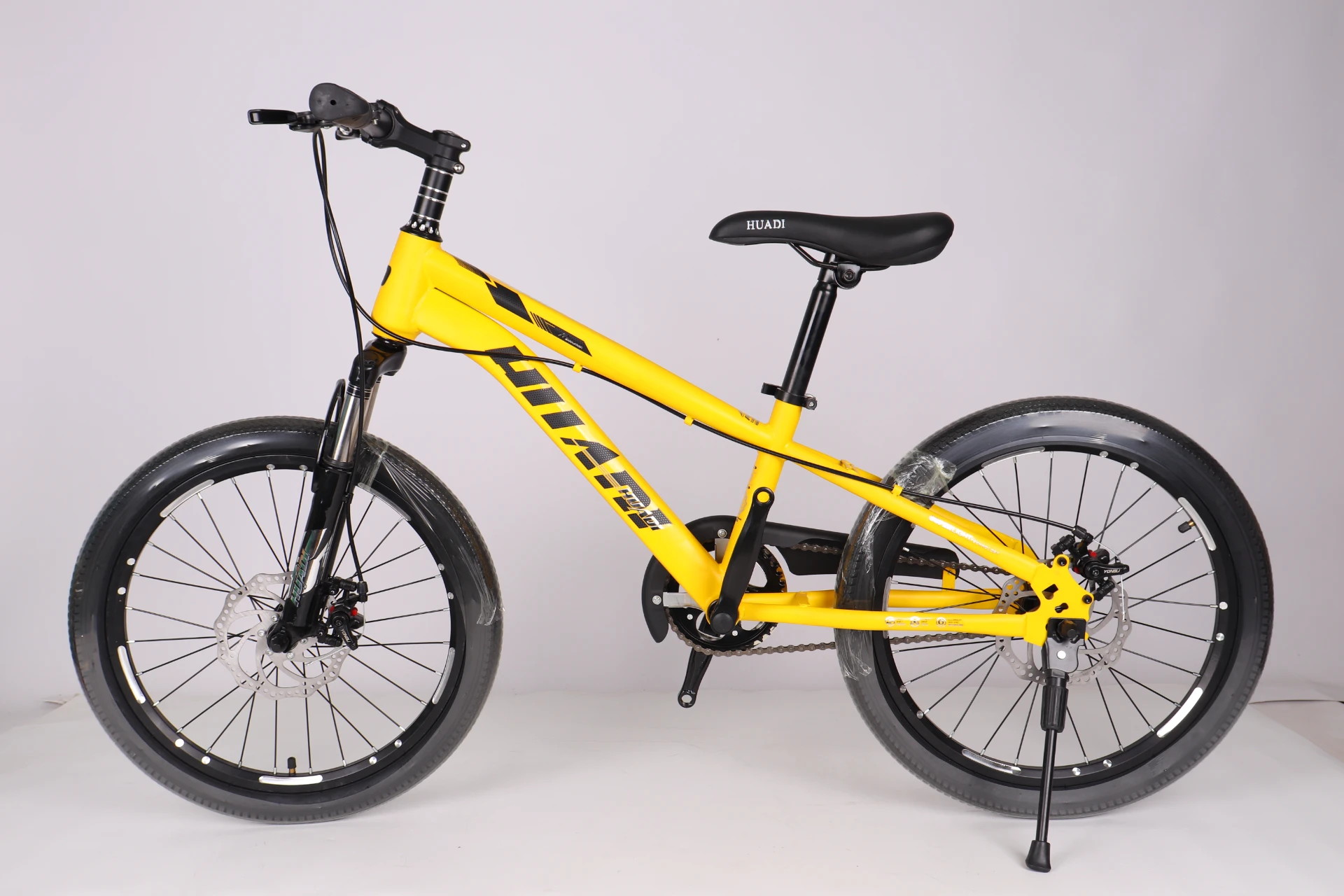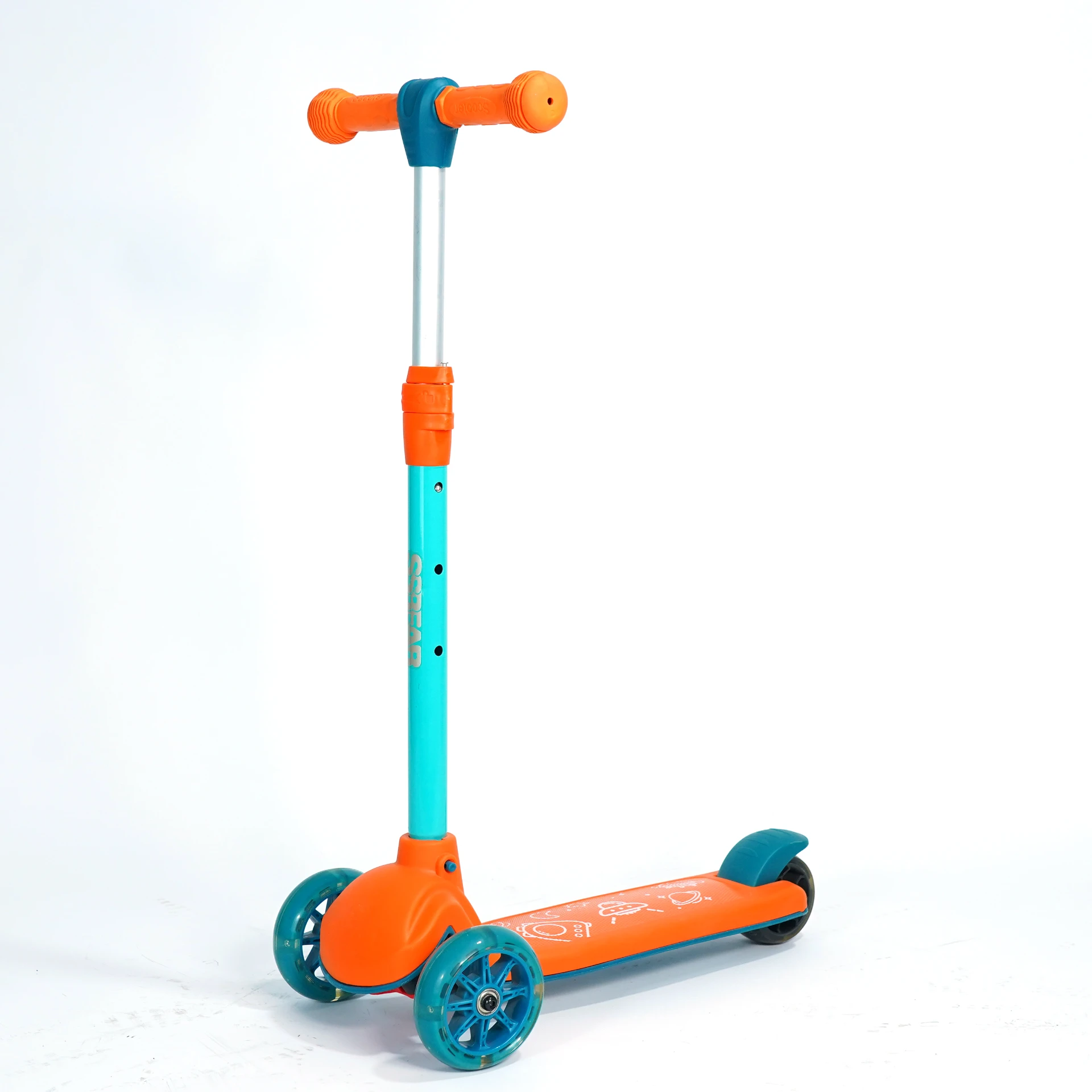A Comprehensive Guide to Mountain Bike Types: Features, Uses & Future Trends
Discovering Mountain Bike Types: Why It Matters More Than You Think
Mountain biking isn’t just a casual outdoor activity; it’s a global phenomenon that blends adventure, technology, and lifestyle. Understanding the various mountain bike types goes beyond preferences—it reflects how design and function cater to diverse terrains and rider needs worldwide. With the rise in eco-tourism, urban green initiatives, and sports industry growth, knowing your mountain bike’s type benefits not only enthusiasts but businesses, governments, and environmental planners alike.
Simply put, the right mountain bike type can change how you explore nature, push physical limits, or even participate in emergency response and rural transport. It’s a cool blend of engineering and culture in two wheels.
Global Landscape of Mountain Bike Types: Riding Trends and Challenges
The mountain biking market has been expanding rapidly—estimated at over $7 billion globally as of 2023. Regions such as North America and Europe lead the way with well-developed trail systems, while Asia and South America are gaining momentum thanks to growing middle classes and new cycling infrastructures. According to the World Bank, the promotion of cycling plays an essential role in reducing carbon footprints in urban and rural settings.
That said, the vast variety of mountain bike types can overwhelm newcomers and hinder purchasing decisions. Riders often wrestle with matching the bike to their terrain—does a hardtail work for the rocky Sierra Nevada? Are full suspension bikes overkill on the Appalachian Trail? That’s the underlying challenge: getting the right fit to maximize both safety and performance without breaking the bank.
What Are Mountain Bike Types? A Plain Definition
Simply, “mountain bike types” refer to specialized families of bikes designed for off-road cycling and trail exploration. They differ chiefly by their suspension setups, frame geometry, tire widths, and intended purpose. Types include:
- Cross-Country (XC): Lightweight and efficient for climbs and endurance riding.
- Trail Bikes: Balanced for varied terrain and all-around fun.
- All-Mountain/Enduro: Built for tougher descents and technical trails.
- Downhill (DH): Heavily suspended for steep, high-speed descents.
- Fat Bikes: Wide tires designed for snow, sand, or loose dirt.
These types aren't just about sport — NGOs use rugged mountain bikes for remote fieldwork where roads fail, and local governments push trail tourism to blend economic and environmental objectives.
Core Features that Define Mountain Bike Types
1. Suspension Design
From rigid frames to dual suspension systems, what’s under your seat dramatically changes ride comfort and control. For example, full-suspension bikes absorb bumps better, offering smoother rides but at a weight and cost penalty. Engineers often debate the perfect balance—oddly enough, it depends on the rider’s terrain preferences more than pure tech specs.
2. Frame Geometry
The angle of the handlebars, length of the wheelbase, and seat height customize handling. Trail bikes have generally relaxed geometry for stability, while XC bikes favor sharper angles for agility. This plays into rider confidence and fatigue levels during long rides.
3. Tire Width & Tread
Tire thickness can range from 1.9 to over 5 inches on fat bikes, affecting grip and rolling resistance. Mountain bike tires are often knobby for dirt and rocks but adaptability is key—some trails might require different tread patterns to optimize performance under wet or dry conditions.
4. Materials & Durability
Modern mountain bikes use alloys, carbon fiber, or sometimes steel, depending on cost and weight targets. Durability varies with ride purpose: downhill frames must endure severe abuse while XC frames emphasize lightweight efficiency.
5. Drivetrain & Braking
High-end bikes use 1x drivetrains (a single front chainring) with wide-range cassettes for easier maintenance and shifting over rough terrain. Hydraulic disc brakes are now standard creating reliable stopping power in mud, rain, or dust.
Mini takeaway: Knowing these core components is essential for matching a mountain bike type to your actual riding goals and conditions.Worldwide Applications of Mountain Bike Types
The practical use of different mountain bike types stretches far beyond weekend trail rides. In tough mountainous or forested regions, tourism boards promote specific types—like fat bikes in snowy European Alps—to extend riding seasons and attract visitors.
Humanitarian groups use robust mountain bike types, especially hardtails and fat bikes, to reach regions lacking proper roads. For instance, in parts of East Africa, NGOs deploy specially adapted mountain bikes for health workers delivering vaccines and supplies where motor vehicles struggle.
Industries like mining or forestry rely on specialized mountain bikes for site inspections in terrain inaccessible to trucks. Governments in remote areas are even piloting rental systems using appropriate mountain bike types to improve last-mile connectivity.
Advantages and Long-Term Benefits of Picking the Right Mountain Bike Type
- Cost Efficiency: Investing in the right type reduces maintenance and replacement costs caused by inappropriate use.
- Sustainability: Bikes leave a minimal ecological footprint and promote zero-emission transport modes.
- Safety & Confidence: Proper suspension and frame geometry minimize injury risks.
- Health & Social Impact: Encouraging cycling builds healthier communities socially and physically.
- Innovation and Trust: Selecting recognized brands with tried-and-tested mountain bike types offers riders peace of mind.
Future Trends: What’s Next for Mountain Bike Types?
Tech nerds and trail lovers alike are buzzing about electric mountain bikes (e-MTBs). These hybrid machines bring pedal-assist motors to conventional mountain bike types, letting riders conquer bigger climbs and longer rides with less exhaustion.
Material innovations like graphene composites promise lighter frames with incredible strength. Digital tools are evolving, too: suspension systems now self-adjust in real-time using sensors and AI, improving ride quality drastically.
Policy-wise, international bodies support cycling infrastructure through initiatives targeting low carbon emissions and healthy lifestyles (check ISO cycling standards).
Challenges in Mountain Bike Types and How to Address Them
There are some hurdles—terrain and weather variability means no bike type perfectly fits all conditions. The cost disparity between entry-level and professional mountain bikes can be a barrier to mass adoption. Plus, maintenance skills and local access to parts often limit functional lifespan.
Solutions include modular bike designs with customizable components and better local repair training programs. Also, expanding rental and sharing options lets users experience different mountain bike types without upfront investments.
FAQ: Practical Questions About Mountain Bike Types
- What’s the best mountain bike type for beginners?
- Trail bikes are generally recommended for beginners due to their balance of comfort, control, and versatility across terrains.
- Are fat bikes suitable for regular mountain biking or just snow and sand?
- Fat bikes are specialized for soft surfaces but can be used year-round in variable conditions. However, their heavier tires reduce speed and efficiency on hard-packed trails.
- How long does a typical mountain bike frame last under regular off-road use?
- With proper care, a good quality frame lasts 5-10 years. Material choice, maintenance frequency, and ride conditions all influence longevity.
- Can I convert my existing hardtail bike into a full-suspension?
- Converting isn’t straightforward due to fundamental frame design differences. Usually, investing in a full-suspension model is more practical.
- How do electric mountain bike types differ in maintenance?
- e-MTBs need additional battery care and motor servicing but share many maintenance aspects with conventional mountain bikes.
Product Specification Table: Popular Mountain Bike Types
| Bike Type | Suspension | Tire Width | Weight Range | Primary Use |
|---|---|---|---|---|
| Cross-Country (XC) | Hardtail or Full (100mm) | 1.9-2.25 in | 22-26 lbs | Endurance, Racing |
| Trail | Full (120-140mm) | 2.1-2.4 in | 26-30 lbs | General Off-Road |
| Enduro/All-Mountain | Full (150-170mm) | 2.3-2.5 in | 28-32 lbs | Steep Descents, Technical Trails |
| Downhill | Full (200mm+) | 2.5-2.6 in | 32-38 lbs | High-Speed Descending |
| Fat Bike | Hardtail or Full (variable) | 3.8-5.0+ in | 28-35 lbs | Snow, Sand, Soft Terrain |
Vendor Comparison: Top Mountain Bike Brands in 2024
| Brand | Specialization | Price Range | Warranty | Notable Features |
|---|---|---|---|---|
| Trek | All mountain types, strong e-MTB line | $800 - $10,000 | Lifetime frame warranty | Carbon frames, innovative suspension |
| Specialized | Cross-country to downhill, plus e-bikes | $900 - $12,000 | Limited lifetime warranty | Proprietary Brain suspension technology |
| Giant | Broad range, including budget and pro models | $600 - $9,500 | 5-year frame warranty | Advanced composite frames, solid value |
| Santa Cruz | Premium trail and enduro bikes | $3,000 - $15,000 | Lifetime frame warranty | VPP suspension design, premium build |
Wrapping It Up: Why Understanding Mountain Bike Types Matters Long-Term
Mountain bike types do far more than define sport categories. They embody a synergy of tech, environment, and lifestyle that extends their impact globally—from enhancing adventure tourism to supporting remote healthcare and reducing emissions. Next time you ride or shop, remember there’s a mountain bike designed just for your terrain and way of life. For an in-depth guide on mountain bike types and expert recommendations, visit our website. Your perfect ride awaits.
Mini takeaway: By choosing the right mountain bike type thoughtfully today, you’re investing in years of enjoyable and sustainable adventures.References
-
Baby Balance Bike OEM Service – Kids No-Pedal, LightweightNewsNov.10,2025
-
OEM Kids Bike Children Bicycle – Cheap Wholesale BicyclesNewsNov.10,2025
-
Kids Bike New Model 12–18 inch Boys & Girls Bike, AdjustableNewsNov.10,2025
-
China Cheap Price Safe Kids Bike for 10yo w/ Training WheelsNewsNov.10,2025
-
China CE-Certified Kids Balance Bike, Guaranteed QualityNewsNov.10,2025
-
Colorful Outdoor Flashing Carton Children Scooter for KidsNewsNov.10,2025
-
Best Price Kids Balance Bike – Superior Quality, No PedalsNewsNov.10,2025








